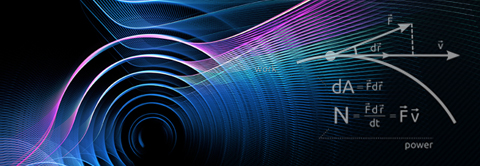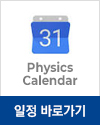Nonlocal collisional electron transport in partially ionized plasma generation, structure, and stability
2016.04.18 12:17
| 날짜 | 2016-04-19 14:00 |
|---|---|
| 연사 | |
| 장소 | #1323(E6-2. 1st fl.) |
Nonlocal collisional electron transport in partially ionized plasma generation, structure, and stability
Apr. 19(Tue.), 2PM, #1323(E6-2. 1st fl.)
Prof. Mark Koepke, Department of Physics and Astronomy, West Virginia University, USA
The local plasma generation, structure, and stability at one location and time can be unexpectedly influenced by “nonlocal” electron transport and heating effects attributed to conditions, processes, and boundaries many energy-relaxation scale lengths away in another part of the plasma. Nonlocal effects are attributed to electric-field sampling by a traversing electron across disparate regional plasma conditions when the electron energy relaxation length is larger than or comparable to the scale length of plasma inhomogeneity. As a result, the entire electric-field profile, including sheaths, striations, and filamentation, rather than the local electric field strength, determines spatiotemporal electron current and heating, even in collisional plasma. Non-equilibrium, nonlocal properties make partially ionized plasma, which is strongly affected also by the presence of neutral species, a solid surface, particulates, or a liquid, a remarkable tool for manufacturing (of semiconductor chips, solar and plasma-display panels, and plasma sources for particle beams), for the treatment of organic and bio-objects/materials, and for nanotechnology. A promising approach for improved control of the local quantities plasma density, electron temperature, and electron and ion energy distribution functions (EEDF, IEDF) exploits the peculiarities of nonlocal effects on these characteristic plasma parameters. Nonlocal collisional electron transport effects are important for understanding and applying atmospheric-pressure plasma jets, micro-discharges, and low pressure plasma discharges not only to the pursuit of the discovery plasma frontier but also to technology used everyday.







